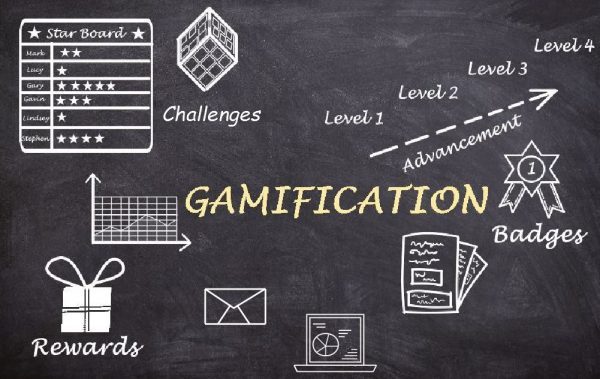From our Week One Assignment, we focused on assessing a specific educational standard for students in grades 7, 8, or high school. Our goal was to create various assessments to gauge student mastery of this standard. Here’s a breakdown of what we needed to do:
- Select a Standard: Choose a specific educational standard from the curriculum that we want to assess. This standard could be for either 7th grade, 8th grade, or high school students.
- Criteria for Mastery: Identify the specific criteria or expectations that define mastery of this standard. What do students need to know or be able to do to achieve mastery?
Create Assessments: Develop three types of assessments to measure student achievement of this learning outcome (mastery of the chosen standard):
- Pre-assessment: This is a self-assessment for students. It’s a tool that helps them understand their current knowledge and skills related to the standard. This assessment is meant to be completed by the students themselves.
- Formative Assessment: This is an ongoing assessment used during instruction to monitor student progress and understanding. It helps teachers adjust their teaching to support student learning better.
- Summative Assessment: This final assessment measures whether students have achieved mastery of the standard. It is typically given at the end of the instructional period.
Include a Digital Tool: We needed to ensure that at least one of our assessments used a digital tool. This is important because it aligns with the expectations in the CalTPA (California Teacher Performance Assessment).
Focus on Justification and Use: While the quality of our assessments is important, the main focus of this assignment is to justify why we selected these assessments and how we intend to use them to measure student achievement of the learning outcome (mastery of the standard).
In essence, we’re creating a comprehensive assessment plan for a specific educational standard, including self-assessment, ongoing assessment, and a final assessment with a digital component. Our explanations and rationale for our choices were critical in this assignment.
Background:
- List the standard and criteria you are assessing.
- Select one standard from your Week One Assignment for this task.
Pre-Assessment/Self-Assessment:
- Create a self-assessment based on the selected standard and criteria.
- Ensure it aligns with the chosen standard.
- Make it accessible for your instructor.
- Explain how it assesses students’ knowledge and identifies their needs.
- Describe how you and your students will use the self-assessment data.
Informal (Formative) Assessment:
- Develop a formative assessment aligned with the standard and criteria.
- Include the actual assessment or an accessible link.
- Justify how it assesses progress toward mastery.
- Explain the next steps for addressing student needs based on the formative assessment.
Formal (Summative) Assessment:
- Create a summative assessment aligned with the standard and criteria.
- Ensure it allows for multiple means of expression.
- Link or include the summative assessment.
- Defend its alignment with criteria and suitability for diverse learners.
- Describe how you’ll support students who haven’t demonstrated mastery


